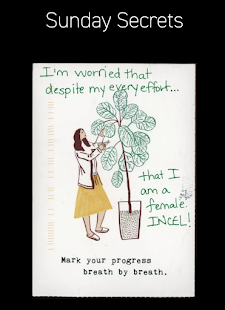Combinatory Poetry
Chapter two of Electronic Literature focuses on combinatory poetics. Combinatory poetics are considered to be one of the oldest forms of electronic literature, initially emerging from twentieth century avant-garde movements. The medium is approached by a "cut-up" method; a "cut up" method is when an artist pieces together snippets of a various media to make a new creation. Combinatory poetics have continued to develop in poetry generators, and continuing to be a staple of electronic literature. Through utilizing snippets of other media, artists are able to find a new way to address their topic matter. I love how combinatory poetics reimagines preexisting pieces of artwork, and can bring a new light to positive elements of a piece. Along with this, I appreciate how having to create under certain circumstances, can help artists tap into a new part of their creative side. Particularly, this may happen by addressing a certain topic they are familiar with in a new way.
https://www.npr.org/2009/10/08/113610846/burroughs-naked-lunch-still-fresh-at-50
I researched more about the novel Naked Lunch, written by William S Burroughs. The story can be flipped around and read in any order. Throughout the narrative, the reader follows William Lee as he struggles with a heroin addiction. Over the course of the story, William takes on several different personas as he travels from the United States to Mexico, and then to the "interzone". The plot itself is based off of Burroughs own struggle with addiction. While there is no direct order to follow, there are several key elements that help push the plot forward. In 1991, a film adaption of the novel, written and directed by David Cronenberg was released. To this day, Naked Lunch is a renowned piece of combinatory poetics.



Combinatory poems are interesting-I like how they combine art with words. Your example was really interesting.
ReplyDeleteI feel the same way. It is really satisfying for some reason! I love how random they are and how ambiguous the meaning is!
ReplyDelete